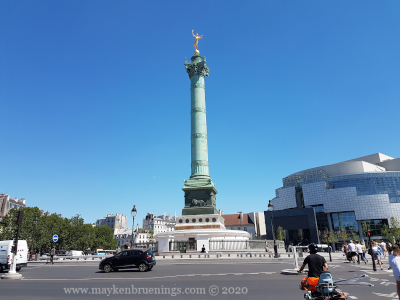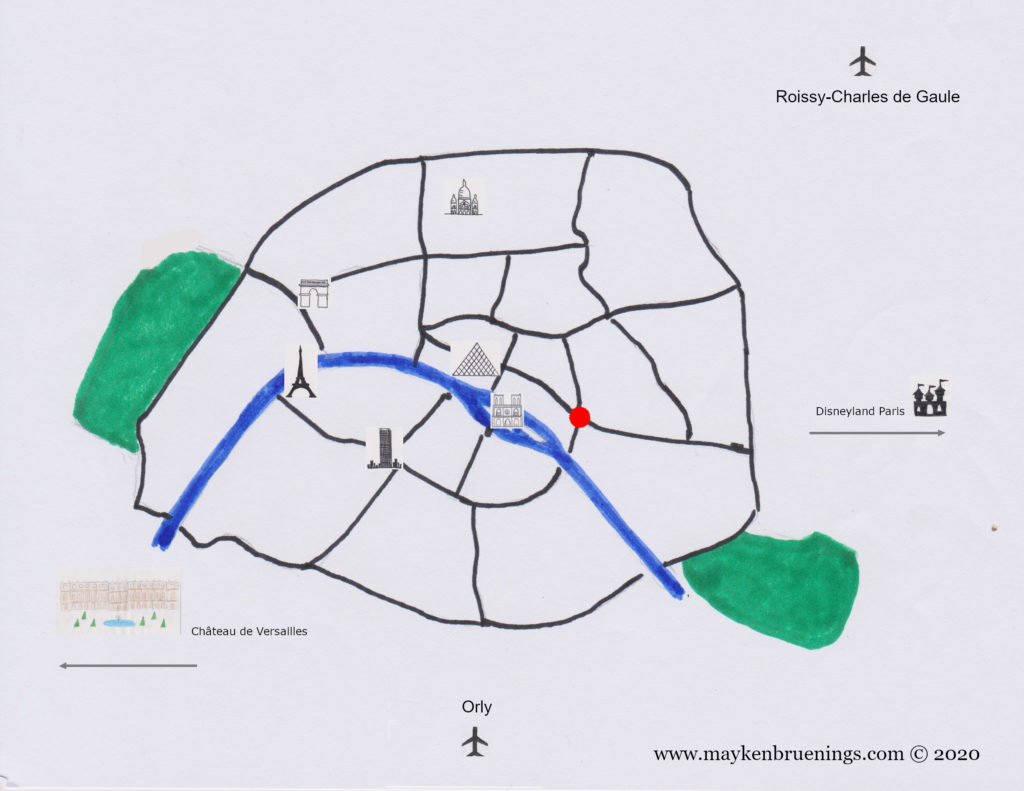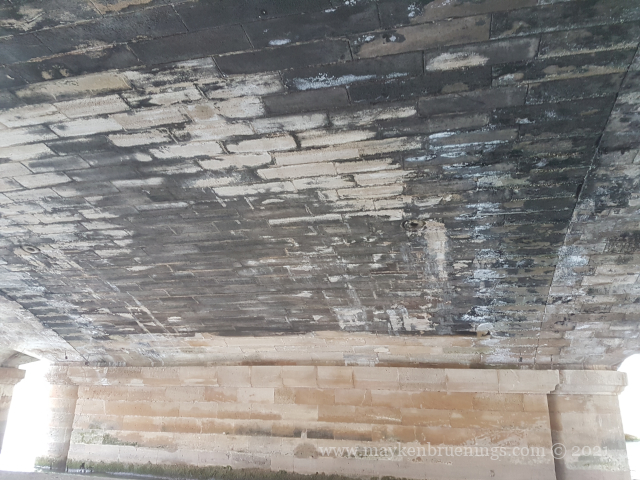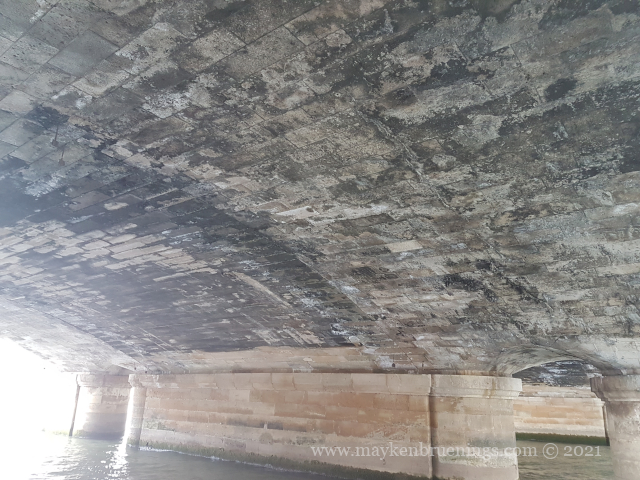In the English-speaking world, the French national holiday on July14 is called Bastille Day. There’s the Place de la Bastille in Paris, too, but what exactly is or was the Bastille?
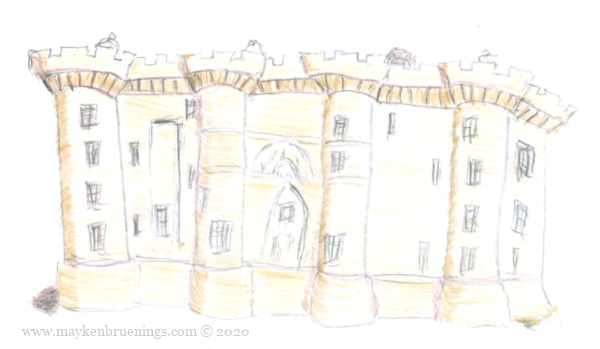
At first, the Bastille was a small two-towered châtelet built in the 14th century at the eastern city gate Porte Sainte Antoine, as part of the Charles V city wall. Later, King Charles V decided to enlarge it to an urban fortress by raising the two towers and adding six more. This fort was meant to defend the Porte Saint-Antoine and the eastern Paris city walls. It could also protect the king in the case of a popular revolt since it protected the road linking the king’s residence at the Hôtel Sant Pol to the château de Vincennes.

Under later kings, the fortress served various purposes: Louis XI used it as prison, Francois 1er as a weapons depot, and Henri IV as a safe for the royal treasures. It was used more and more as a prison, especially during periods of unrest but it was Cardinal Richelieu who officially transformed it into a state prison. One of its famous inmates was the man in the iron mask (1698-1703).
As prisons go, the Bastille was a more comfortable one, for people of the nobility and the bourgeoisie. They ate the same food as the governor, the prison cells had large rooms, they could bring a servant, correspond with people on the outside and receive visits.
From the end of the 17th century on, the Bastille also included less comfortable premises for common prisoners. They lived off charity, were sometimes in chains, and slept on straw that was changed once a month.
When a new prisoner arrived, a bell was rung. The neighboring shops closed and the guards covered their faces so as not to see the face of the new prisoner.
Between 1661 and 1789, one out of six inmates was imprisoned for writing of some sort or other (printer, bookseller, peddler, or writer of satirical or defamatory books,).
Given the number of prison cells, the Bastille could accommodate 45 prisoners at the most, but there were about 60 at one time under Louis XIV.
On July 14, 1789, the Bastille held only 7 prisoners whose incarceration conditions were quite loose. The people of Paris had taken the Invalides for weapons and cannons. They stormed the Bastille in search of powder and ammunition, and also freed the seven prisoners. The storming of the Bastille thus marked the beginning of the French Revolution and has become its symbol.
Starting the very next day, the Bastille was knocked down by a private businessman who sold part of the Bastille stones as souvenirs (carved into the shape of the Bastille). One of them can be seen in the Musée Carnavalet, the museum of the city of Paris.
The demolition lasted until 1806. Part of the material was used to build the Pont Louis XVI, now Pont de la Concorde, the bridge linking the Place de la Concorde to the Assemblée nationale (Lower House of Parliament).
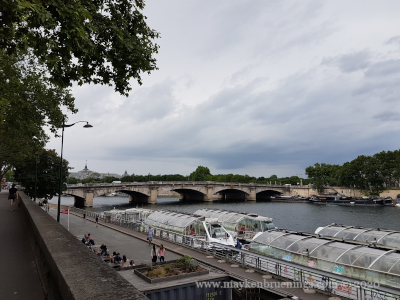
If you are looking for remains of the Bastille, there is one of the eight towers (the Tour de la Liberté, where the Marquis de Sade was imprisoned) in the nearby park square Henri-Galli.
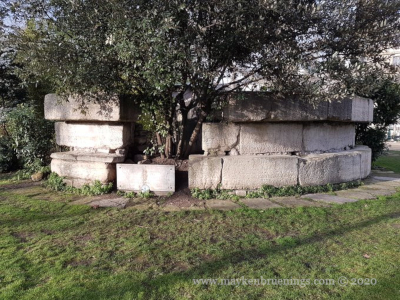
Part of the counterscarp wall can be found on the platform of the metro 5 in the station Bastille.

The Storming of the Bastille is commemorated on July 14 since 1880, day of the national holiday.
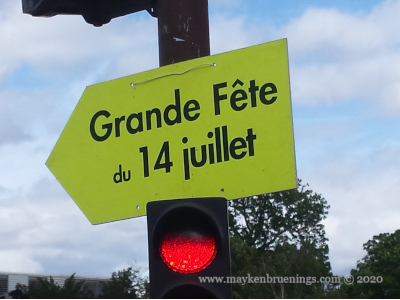
Today, in the place of the Bastille fortress, stands the July Column, commemorating the 1830 Revolution that saw the fall of King Charles X and the beginning of the Monarchie de Juillet, the July Monarchy. The marble base of the column contains a funerary gallery in which rest two large sarcophagi (13m x 2m) containing the remains of the martyrs of the 1830 Revolution and the 1848 Revolution. (Yes, France saw a lot of revolutions.) However, they are not alone! There are some Egyptian mummies in there, too. These mummies were brought back from Egypt 50 years earlier by scholars who had followed Napoleon during the Egyptian Campaign. They were deteriorating in a room of the National Library and were buried in the garden next to it, right where after the July 1830 revolts the bodies of the rioters were buried. That’s how the mummies got mixed up with the martyrs when they were exhumed in a hurry and ended up under the July Column with them.
